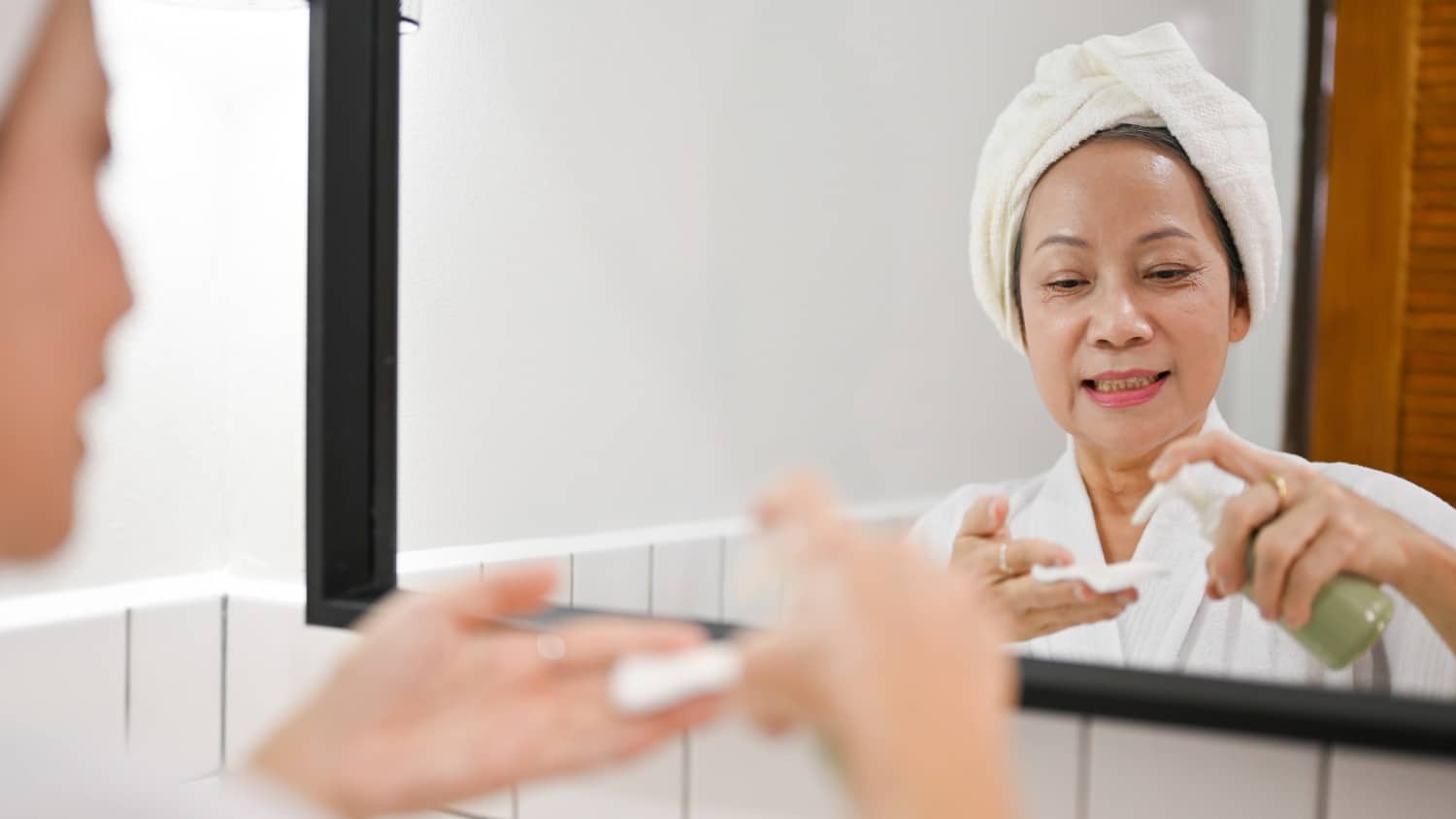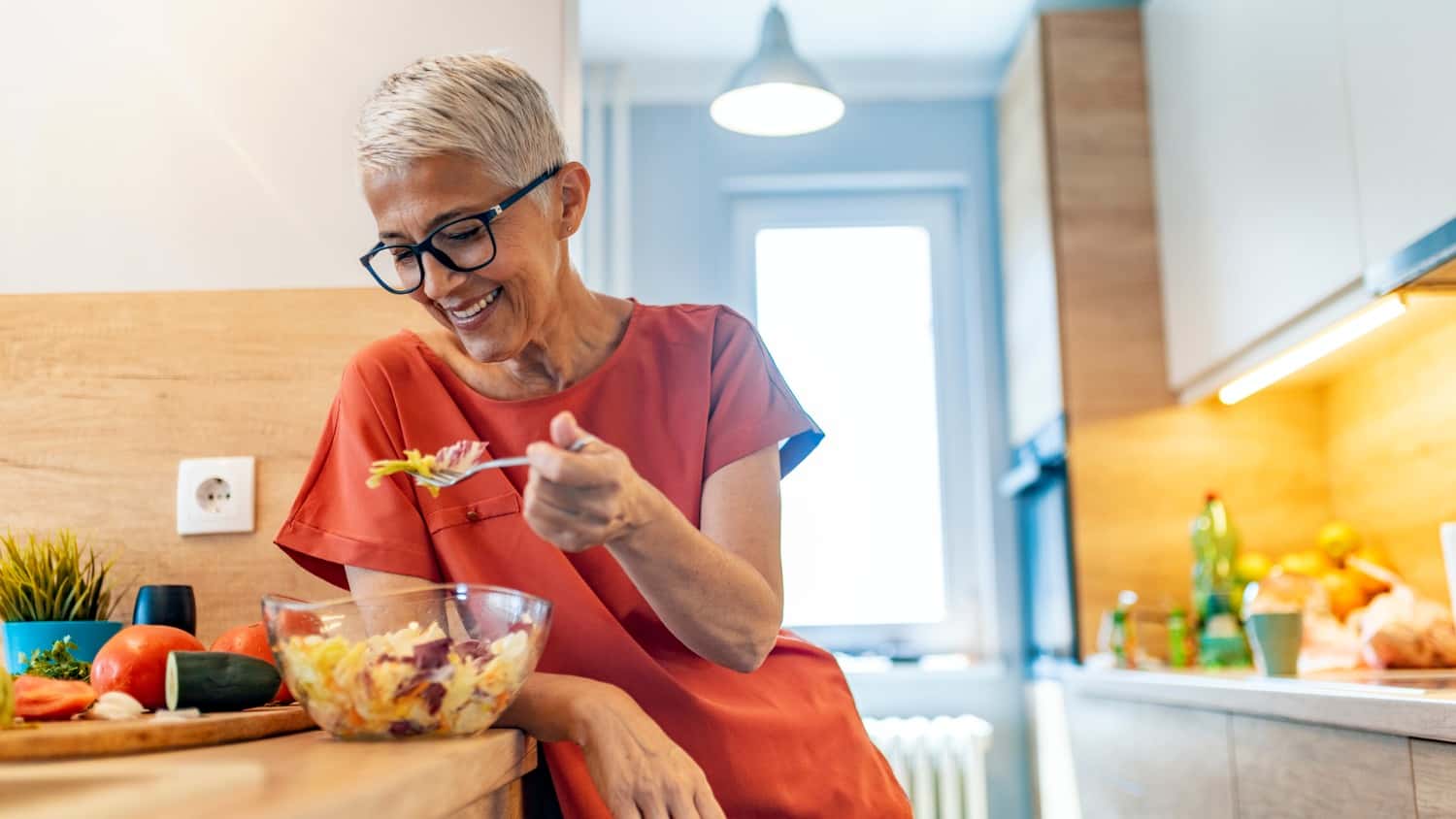
Need It Now: Skills-Based Training for Caregivers
I have written extensively about the resources available to caregivers and most recently about how all of these resources could quite frankly be overwhelming to them.
So, here’s a question – given the critical nature of caregiving and the skills required, can you actually teach someone to be a family caregiver? After all, there are so many learning platforms out there, surely, you can tune in somewhere and get the knowledge you need to succeed, right?
Unfortunately, the answer is no. Learning is not really tailored to what we all need most – more time. Yes, it takes time to learn something new, but do we really need all the whys behind the whats? Probably not.
And this is the biggest problem with online learning in the caregiving world. Caregivers don’t have time to read pages and pages about a medical condition. And we need to be able to pick and choose what we want to learn because, well, we need it now.
But most caregiver training doesn’t really solve this problem. Instead, you’ll see most online learning platforms have outdated training models.
Online search doesn’t help much either when faced with millions of search results. Caregivers who are burnt out and enter the role with no formal healthcare education don’t need the extra burden.
The combination of “I need it now” educational demand and “it has to work” is transforming the delivery of online education into skills-based learning.
Traditional Learning vs Skills-Based Learning When It Comes to Caregiver Training
Traditional Learning Model
Most types of education use a traditional learning format which is hierarchical and linear. What does that even mean? I bet you don’t remember a first day in school where you opened your book to the 10th chapter. You had to go in order. You had to learn things that you likely wouldn’t ever use.
This is the traditional learning model that’s still in place and just doesn’t make sense in today’s busy world. And research shows traditional learning places far too much emphasis on foundational information rather than how you analyze a family member’s situation and carry out the task.
Learning what you need to know, and fast, is critical now that so many people are the primary caregiver for a family member. Imagine caring for a family member with Alzheimer’s who is 80 years old. Because of her age and condition, you know just how important it is to keep her from falling.
In a traditional learning model, you’d have to learn all about the anatomy and physiology that keeps us balanced and on our feet. You’d also need to know the ins and outs of every single type of fall, including all the stats.
But wait, there’s more.
You’d also have to know about how Alzheimer’s impacts the fall risks. As a caregiver, when do you actually learn how to keep someone safe, take care of them, and know when to take them to the hospital?
In traditional learning, it would pretty much be at the very end of a course.
In fact, 80% of what you’d learn would only apply to only 20% of what you need to help your loved one stay safe. What’s worse, by the time you actually get to what you need to do, you’re likely to be bored, disinterested, or confused by the information.
This leaves a massive gap in your ability to help with fall prevention. And it’s 80% more time you’d be spending on information that doesn’t move the needle on safety precautions.
Is this even practical for the typical family caregiver? It isn’t for me.
Skills-Based Learning
In skills-based learning, you bypass foundational info and get straight to what you need. It focuses on the outcome. How do you keep mom from falling instead of why mom might fall. It gives you tools to get the job done. Seems straightforward, right?
You also get the information in the right dosage and in a way that meets different styles of learning like reading material, video, scenarios, simulations, social support, and more.
Even better, this type of learning has personalization. This means, you can learn in the order you want, spending as much or as little time on each part. The emphasis is on application and the outcome is you’re able to help keep mom safer and out of the hospital.
And, most importantly, this learning model fits the “need it now” learning demand. So, you don’t waste time on impractical information.
Continuing with our example, the safety and fall prevention skills-based learning would include:
- Identifying common fall hazards
- Creating a safe environment
- Handling a fall and knowing when to seek medical assistance
- Exercises to improve balance and coordination
This type of learning works especially well for adults and is permeating the work force and empowering more people to do more tasks. And you’ll probably like it better too since it’s in bite sized chunks, readable language, and on-the-go convenient preferences.
Skills-Based Learning Done Right
One company I have uncovered that is paving the way for skills-based training is Trualta. They offer online training for caregiving of family and loved ones. With the prevalence of chronic conditions at an all-time high and the inescapability of aging, their training model helps the everyday person provide care at home. The outcomes can reduce healthcare costs, decrease hospital visits, and improve quality of life.
It has peer-to-peer support, video tutorials, and simulation activities. As one person noted: “Being able to handle Alzheimer’s behavior symptoms isn’t something you can get from a book. I use these activities all the time.”
The educational model involves helping learners:
- Recognize they need help
- Identify how the information can benefit them
- Gain confidence they can achieve the task
- Personalize their learning experience
- Engage their attention to get results
- Make a difference in caring for their loved ones
This skills-based caregiver training model is truly a “learning for all” approach with caregivers. It meets you where you need the most help, and then serves it up in a way that makes sense for the demands of life and for you to take care of your loved ones – and yourself.
Let’s Have a Conversation:
How about you? What has prepared you, if anything, to be a caregiver? What type of caregiver training has worked and what has not? Have you tried courses, e-learning etc.? Let us know in the comments below!
Tags Healthy Aging







Over the years, I gained “street smarts” in caregiving as I cared for my husband when he fought for his life and later for elderly parents. The priority was always to keep them safe and then to ask for and listen to what they wanted me to do. It is so important to allow those who need help to maintain a sense of independence. Now I’m in my late 60s and finding I need some assistance due to a back problem that has limited me physically but hopefully will improve with treatment. I watch my loved ones give me blank looks when I ask for help because they are used to me always in a DIY mindset. I see my younger self in them. One thing I do know, though, from my experiences is to keep myself safe. Perhaps we don’t give the people we care for enough credit that they, too, know their limitations. We might have a wealth of information; so do they. Open and honest communication is so important.